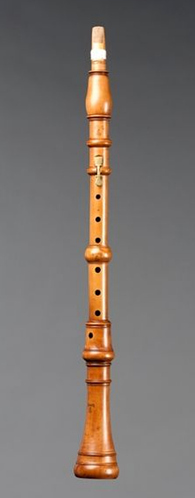Up until now, the only argument for the use of feathers for plectra is that it was traditional.Some claim that they are easier to voice, and others state that the listener cannot tell the difference; but one thing struck me with great force when I was listening to Bob van Asperen’s recording on the magnificent Couchet instrument in the Rujksmuseum, and that was the great uniformity of the sound up and down the registers. When subsequently I read that it is quilled in delrin, I wondered whether that was the reason.
Some time ago I read an article by R. K. Lee about his methods for quality control in making delrin plectra. As I recall it, it was important to him that all the plectra were graduated in size from top to bottom, so as to promote uniformity along the register. (He cut them out from the strip like a comb.) It struck me that instruments that I have heard by those makers who stick to delrin have that same attribute.
By contrast, when one uses the traditional material of bird feathers one is dealing with a material that has little quality control. Feathers differ from bird to bird, even amog the same species, and the texture is not always regular along a single feather. One cannot cut two pieces of the same size off a single feather and guarantee that they will sound identical.
Does this matter? I dont think so – or rather, I do think so. When quilling, and particularly when replacing a single quill, one strives to make a pluck that fits in with those around it. This can be very challenging with feathers on occasion, though (amazingly) sometimes not so. At the very least, there is bound to be a slight difference in sound between, for instance, c’, c#’ and d’. Not only must this also have been the case in 1699, but I would suggest that when not too extreme it enhances the personality of the instrument.
The same is true of organ pipes. In the 19th and early 20th centuries, builders used to match the sound of pipes and suppress “chiffs” by cutting nicks on the mouth of the pipes – they got very expert at doing this. But when in the second half of the last century builders came along and pointed out that this destroyed the character of the pipes and was not a baroque technique, and voiced pipes with chiffs, they were laughed at by some.
It may be that my impression was just an impression, and not an objective observation that can be generalised. I shall keep an open mind on this, and would be interested to know what others think.
David

